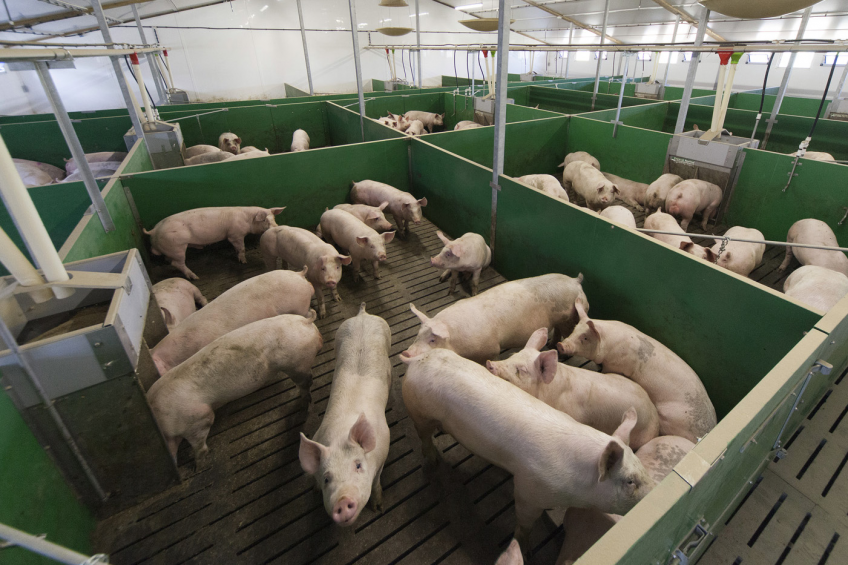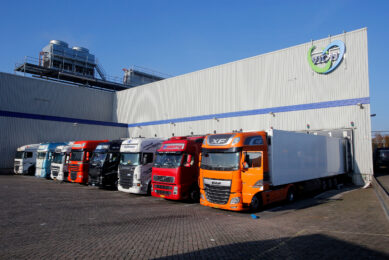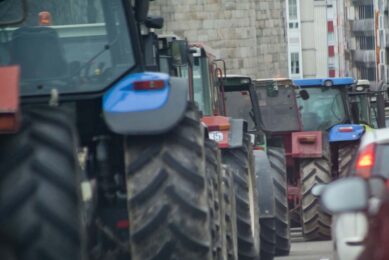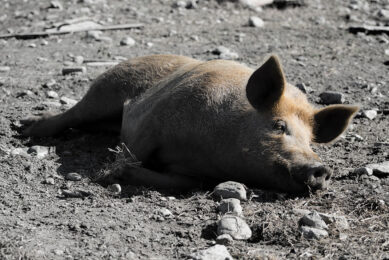EU: Testing pigs for trichinella introduced

A new testing regime comes in at the end of this month as part of EU control on trichinella in pigs. All pigs from non-controlled housing must be tested before they can go into the human food chain.
The Food Standards Agency (FSA) is still working on guidelines for producers to identify whether or not pigs come from non-controlled housing.
The FSA estimates 3% of the total pigs sent to slaughter will be in the category of non-controlled housing, ie organic and free range. A definition of free range can be found here.
Guidance is being developed to determine how to classify other production systems in line with EU rules. This will be available in the new year. In the meantime, the FSA says producers must come to their own decision on the issue.
eAML2 has been updated reflecting the new requirement and the FCI document has also been changed.
In the past, the UK tested all breeding sows and boars. At the same time, some firms have also been testing pig carcasses as part of the requirements for their export trade.
The larger abattoirs will have their own testing facilities and may be willing to open those up to smaller ones without the equipment.
The existing evidence indicates that there is a very low risk to public health in the UK from trichinella.
The last case from meat produced in Great Britain was in 1977 and the most recent human cases were a cluster of eight in North London in 2000, which was traced to the personal import of pork salami from Serbia.
The FSA also provides extensive advice to consumers on the safe and hygienic preparation and cooking of pork.
The FCI model document and guidance can be found online here.











